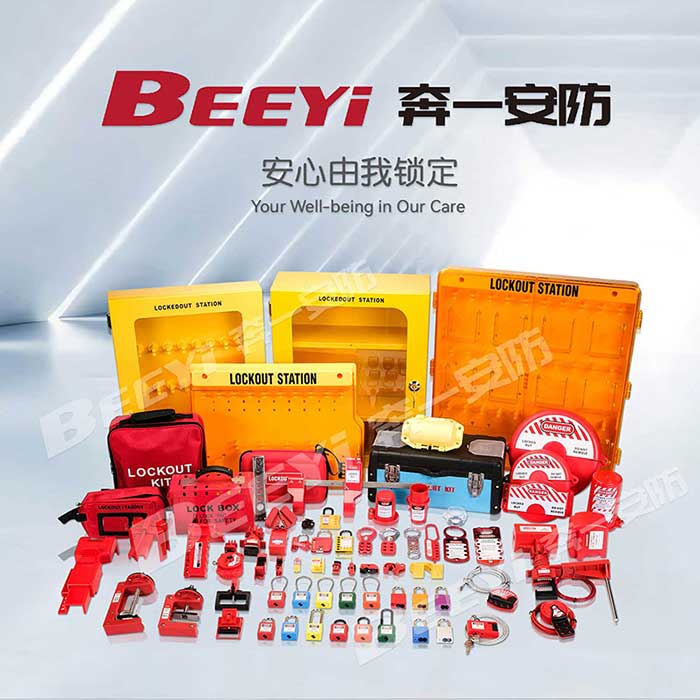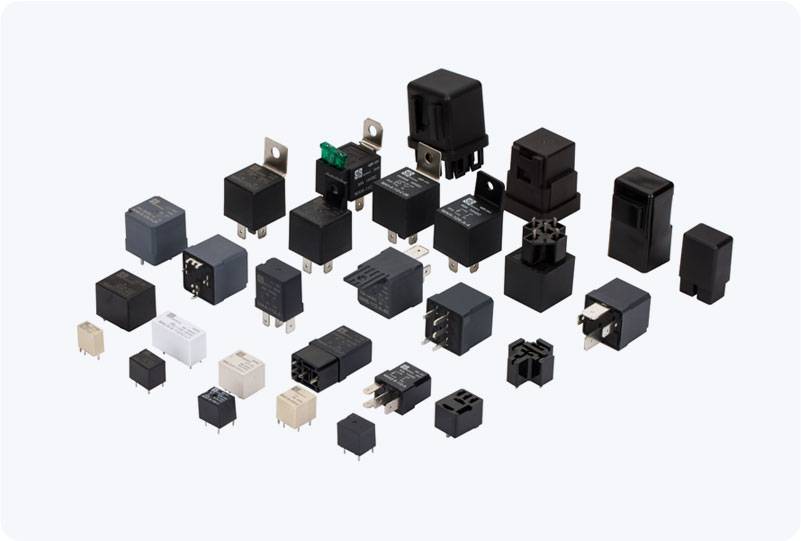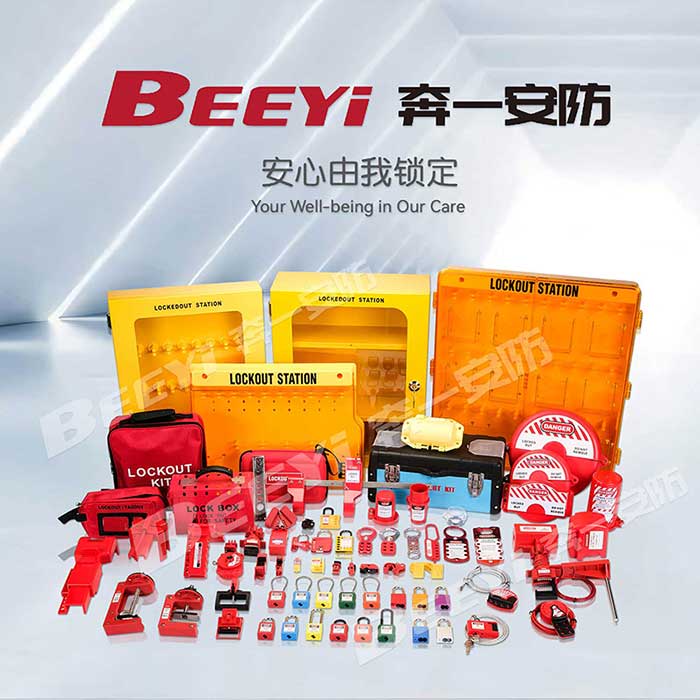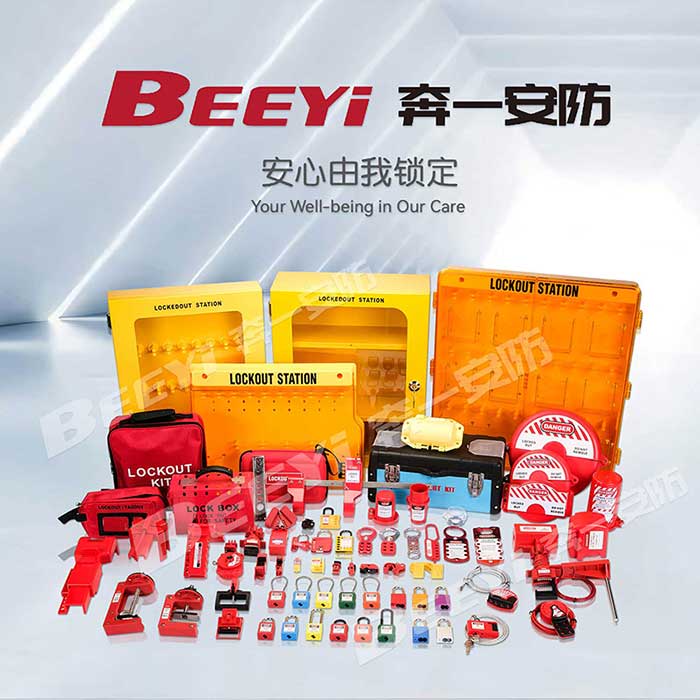In industrial environments, safety is always a top priority, especially when dealing with heavy machinery, pressurized systems, and hazardous materials. A Safety Valve Lock is a crucial component in ensuring the safe operation of such systems, preventing accidental releases of pressure or gases that can cause catastrophic damage or injuries. In Germany, a country known for its strong industrial sector, there is a growing demand for safety valve locks as part of the broader push for industrial safety and compliance with international standards.

Understanding Safety Valve Locks A safety valve lock is a device used to secure pressure relief valves, ensuring that they cannot be operated or tampered with during maintenance or operation. These locks are vital in industries like chemical manufacturing, oil and gas, pharmaceuticals, and power generation. They serve a simple yet critical purpose: to prevent accidental or unauthorized operation of a safety valve that could lead to equipment failure, worker injury, or environmental damage. These locks come in various designs to fit different types of valves and pressure relief systems, often incorporating features like robust materials, adjustable settings, and easy installation. With the increasing focus on safety in the workplace, safety valve locks have become an integral part of lockout/tagout (LOTO) systems, helping companies comply with strict safety regulations like OSHA standards and the European Union’s industrial safety directives.








